FROM COLLECTOR TO ADVOCATE
THE ROBERT TATE EXHIBIT
Enter the captivating world of Robert 'Bob' Tate, a man who turned his childhood dreams into a symphony of advocacy, collector's zeal, and historical significance. From the dusty corners of flea markets to the prestigious halls of the National Automotive History Collection, Robert's relentless pursuit of toy cars mirrors his unwavering commitment to changing the narrative for African Americans in the automotive industry.
This exhibit is more than a showcase of his impressive collections; it's a testament to resilience, breaking barriers, and giving voice to the silenced heroes of the car world. Each aspect of this journey invites you to look within and compels you to challenge the boundaries that stand in your way.
Unravel the layers of Robert Tate's life and take your seat on this road less traveled.
Proudly presented to you by,
Some people seemingly are born, knowing what they want to do with their lives. Bob Tate is one of those people. Fascinated by the wheels that made his stroller move, he insisted on pushing it, rather than riding in it. This curiosity grew with a focus on the beautiful automobiles of the 1950’s and 1960’s that parked on the street where Bob lived.
I don't need sponsors,
I surf better when I'm broke anyway.
Dave Parmenter Surfer
The Journey Begins
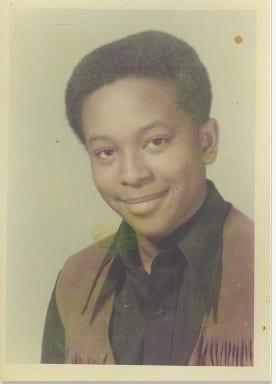
Robert Tate at 12 years old
For Bob, it wasn’t enough to admire the lines and curves of each vehicle. His intrigue with them and the way they moved led to his first art project. At the age of 5, he decided to create a diorama of the I-94 expressway. This included “borrowing” the living room curtain rods to create the east-west divides. Next, he needed cars to drive on his road. Bob Tate was the late-in-life surprise for Robert Tate Sr. and his wife, Odessa Tate. This meant that his older sister, Beverly, was taking driver’s education training when he created his diorama. Beverly’s book for the course was filled with just the car pictures that Bob needed. Yes, he cut up the book to populate his art piece…and a budding artist was born.
Even as Bob received the toy cars, he maintained his fascination with real automobiles. He watched as a neighbor down the street had a parade of older vehicles come and go. Bob thought this man was a collector. When he learned the neighbor was recovering usable components before the cars were scrapped, Bob was shocked. He couldn’t believe these works of art were being destroyed. He started a lemonade stand so that he could buy these old cars and wrote to his Congressperson about the need to save the cars.
Read more
TOY CAR CEO'S ON THE PHONE
What may have been a small child’s fascination quickly grew to become Bob’s passion. His family support and fed that passion by presenting him with toy versions of the vehicles he loved. Robert's journey into collecting at the tender age of 7. When faced with duplicate gifts, he displayed a savvy beyond his years - choosing to preserve one and enjoy playing with the other

An Underdog
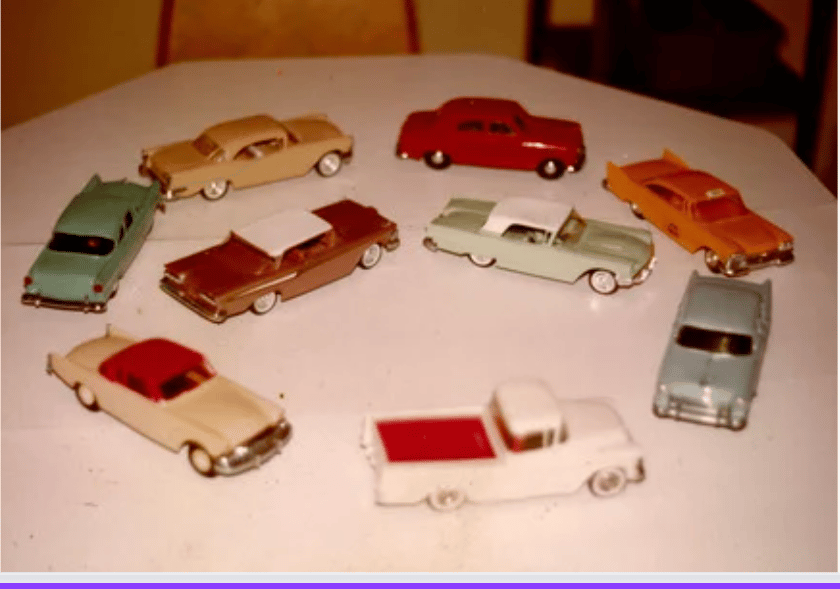
By the time he hit 14, Robert was a regular at Toy Car shows, meeting other car enthusiasts in the industry such as, Chuck Jordan, VP of Design at GM, and Dick Teague, an Industrial Designer at American Motors.
As his connections deepened, Robert forged close friendships not only with Chuck Jordan and Dick Teague but also with CEOs of prominent Toy Car companies. These relationships fueled Robert’s ambition to elevate his collecting endeavors to new heights. Despite being scouted for the basketball team in High School, Robert’s true passion was being a collector focusing on his dream of becoming a car designer, a dream that was ignited at an early age.
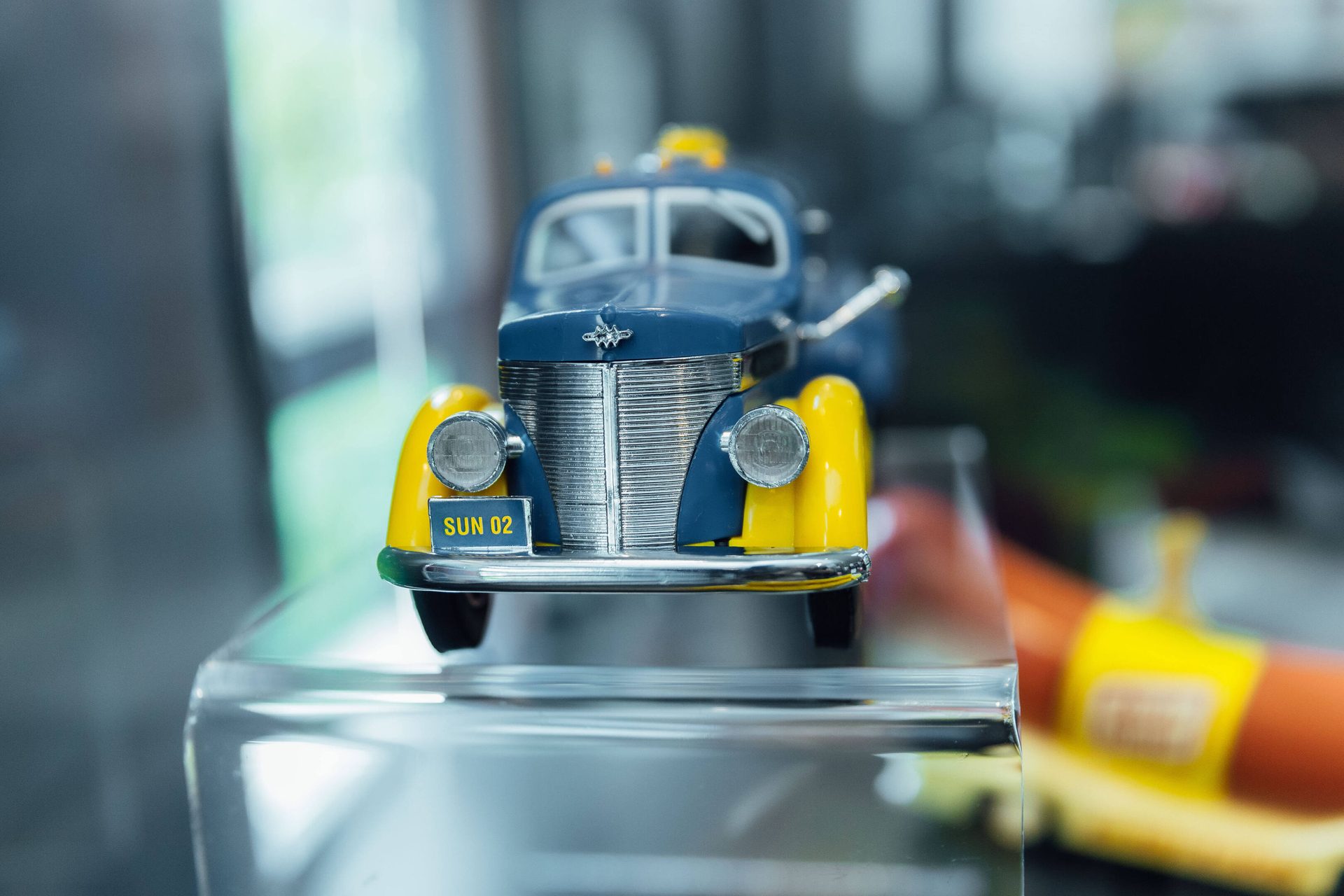
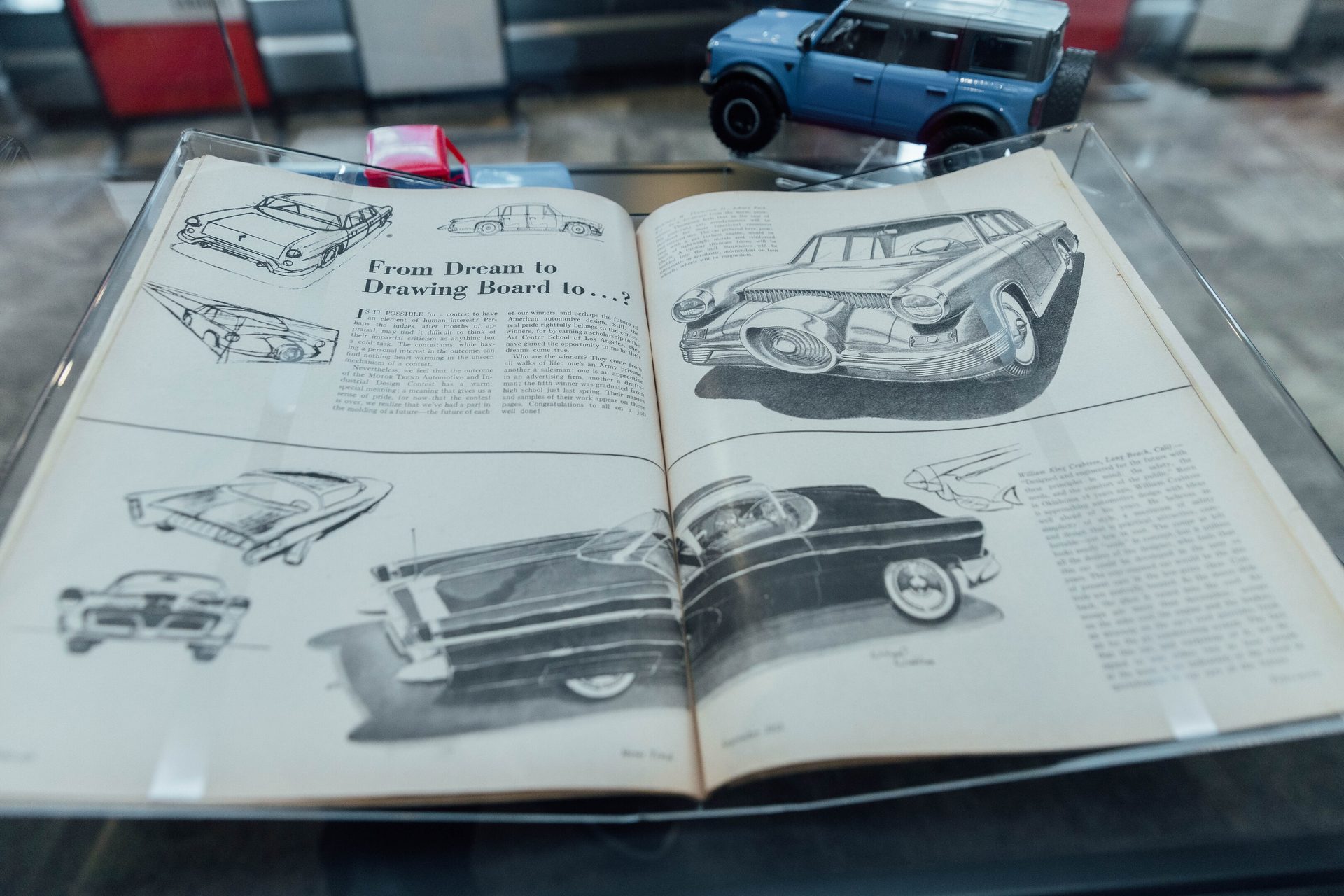
Sunoco 1941 International Airflow Tanker
1966 TV Series Batmobile
2020 Chevy Corvette c8 Stingray
1959 Rambler Station Wagon
2021 Ford Bronco
1953 Chevy Corvette
Toy car collecting is seen as a costly hobby centered around monetary value. In contrast, Bob's collection stemmed from a genuine passion and a deep-seated desire to save the cars.
Financial constraints made it challenging for him to sustain his collecting habits from his earlier years. Undeterred, Robert adapted, frequenting flea markets, garage sales, and estate sales for the prized Toy cars and car ephemera he sought. In some instances, he even resorted to dumpster diving to unearth hidden treasures.
In 1971, Robert submitted a sketch to the Detroit News Paper’s Michigan Industrial Education Awards, winning Regional Honor Awards in the contest. This achievement fueled his ambition to pursue a career as a car designer, leading him to apply to the College for Creative Studies (CCS) Industrial Design Program. Despite getting accepted and living his dream of learning industrial design, Robert faced a significant hurdle when his mother fell ill. Taking on the role of her primary caregiver, he had to prioritize family over education, leaving CCS before graduating.
Robert's passion for collecting went hand in hand with his fascination for car design and the aesthetic appeal of automobiles. This passion sparked his interest in sketching cars, with his earliest memories of this love affair rooted in his artistic endeavors. It wasn't until seventh grade that his art teacher, Mrs. Malinoff, recognized his artistic talents and assigned him a project to create a book collage of cars, showcasing various sketches within its pages.
Robert Tate's teacher, Mrs. Mallinoff
Robert Tate was not in attendance the day the photo was taken
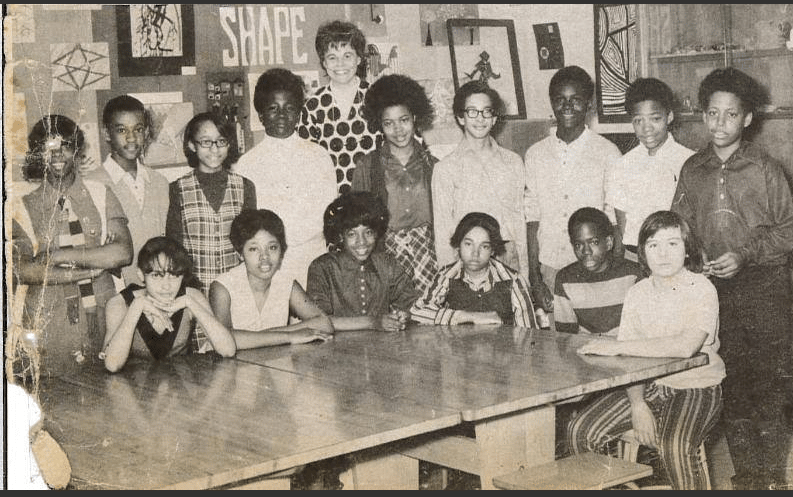
For the Love of Cars
Despite the hiatus in formal education, Robert remained deeply immersed in his passion for cars. Regular visits to the National Automotive History Collection, where he studied with Automotive Historian, Don Butler and NAHC Archivist, Ron Grantz every Wednesday, fueled his continued interest. This dedication inspired him to blend his love for cars with his personal passion for collecting. In a bold move, Robert created, "Miniature Car Quarterly," a publication that targeted fellow collectors. The magazine featured multiple toy car manufacturing companies, highlighted women involved in designing miniature cars, and delved into the history of collecting. This endeavor catapulted Robert into the spotlight, establishing him as a genuine miniature car collector and enthusiast.
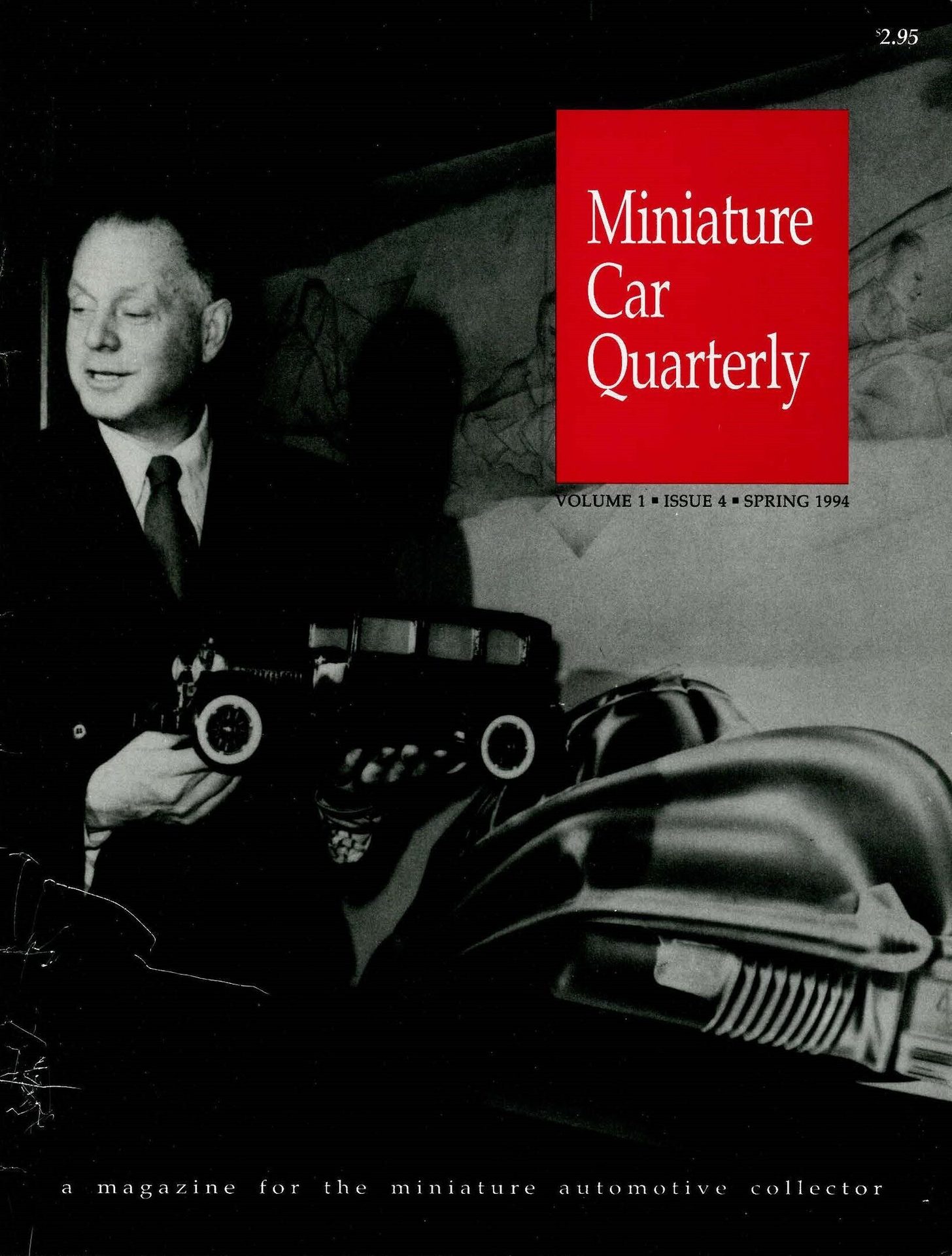

Bob’s extensive collection and knowledge caught the attention of executives at DaimlerChrysler (now Stellantis). They were getting ready for the launch of the Chrysler Museum store and needed a knowledgeable expert to lead the operation. Bob had the knowledge and background they needed. So, the Chrysler Museum asked him to join the team.
BOLD MOVE PAYS OFF
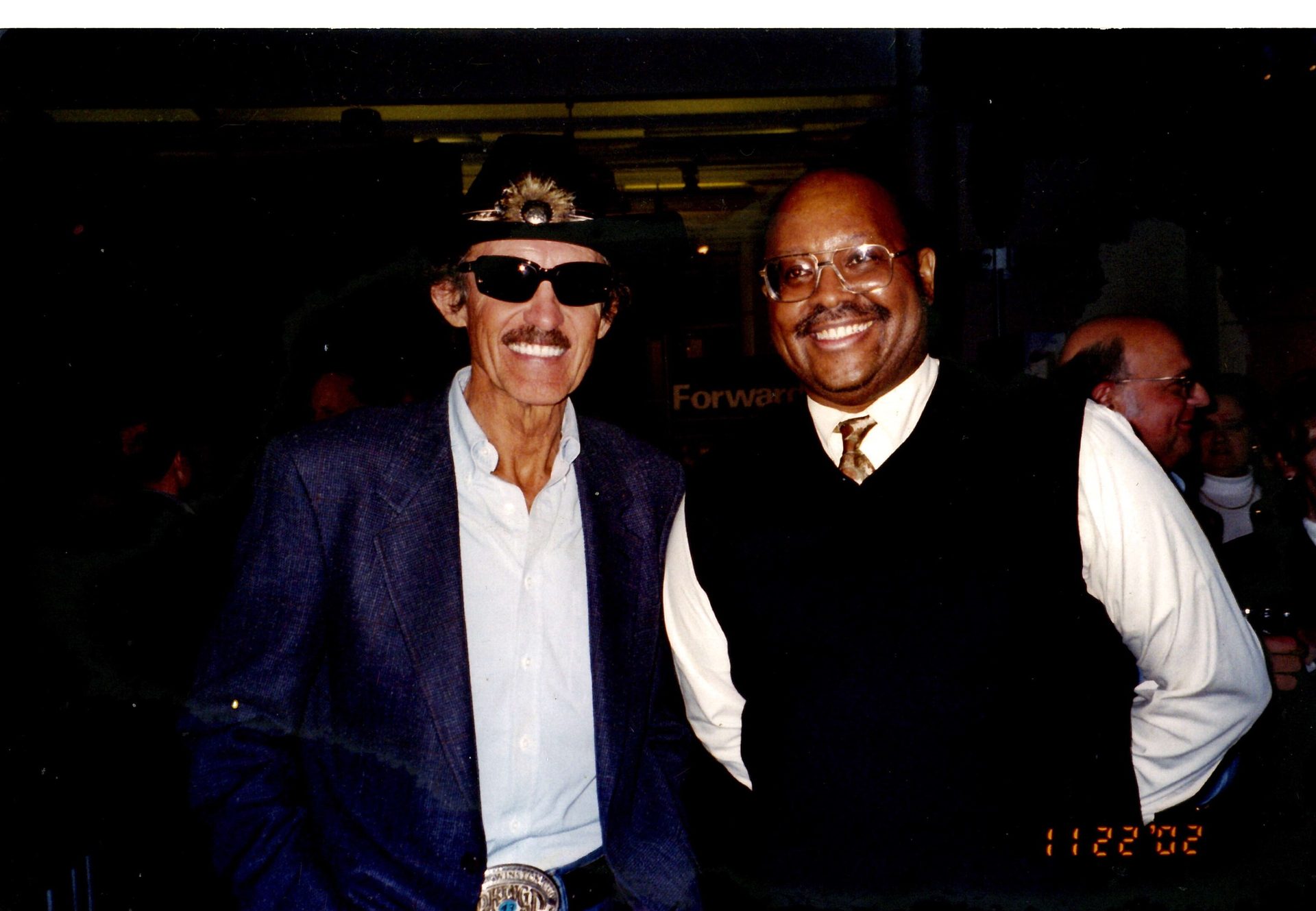






After launching his magazine, Robert leaned further into his passion and started doing shows and displays at various events in the Detroit Metropolitan area. The breadth of his collection and his extensive knowledge attracted the interest of local automotive leaders. His first opportunity came when Bob was asked to become the first African American member of the Board of Trustees for the National Automotive History Collection. At that time, it was located at the main branch of the Detroit Public Library.

Main Detroit Public Library, former home to the National Automotive History Collection
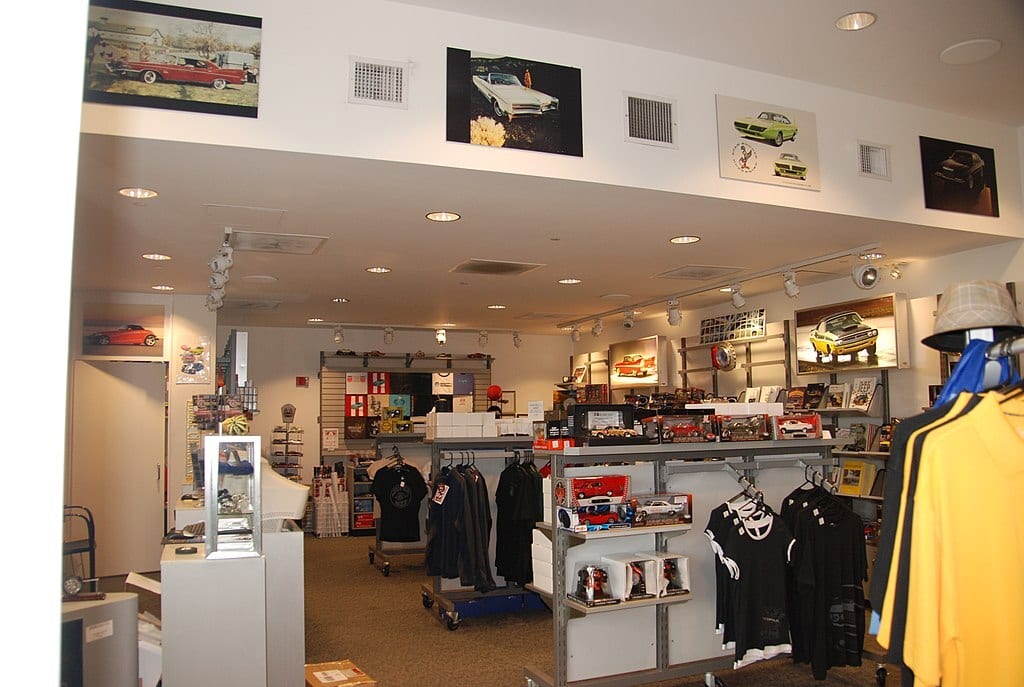
Robert Tate and Former NASCAR driver, Richard Petty at the Walter P. Chrylser Musuem
The inside of the Walter P. Chrylser Memorabilia store in Auburn Hills, Michigan
The cover of Robert Tate's self published magazine, Miniature Car Quarterly

Competition is common across automotive manufacturers, including a desire to have the best talent on staff. But it’s less common for one manufacturer to steal another’s historian. Nevertheless, GM Design recognized the need to have Robert’s expertise on their team. And once Bob joined GM, he quickly became a trusted resource for leaders like Ed Welburn and Bob Lutz.
Robert’s encyclopedic knowledge of cars and the auto industry was important to more people than those in corporate America. He helped attorneys navigate technical legal issues. In addition, the capital crimes investigation team relied on Bob’s experience to solve a murder mystery.
Crime-Solving Historian
Robert’s work didn’t just reveal criminals. Over the course of time, he used his skills to reveal hidden stories of under-represented professionals in the automotive industry. During his time at the National Automotive History Collection (NAHC) he dove into the history of cars and the automotive industry. Over time, he not only became a fervent advocate for automotive history but also secured a position on the Board of Directors at the National Automotive History Collection. Simultaneously, Bob took on the role of an archivist at NAHC, where his focus extended to advocacy through building collections that highlighted the contributions of Women and African Americans in the Automotive Industry. His efforts included processing various collections, such as the Boulevard Photographic Collection, showcasing historical car photographs spanning from 1949 to the 1980s.
Underdog Shines a Spotlight

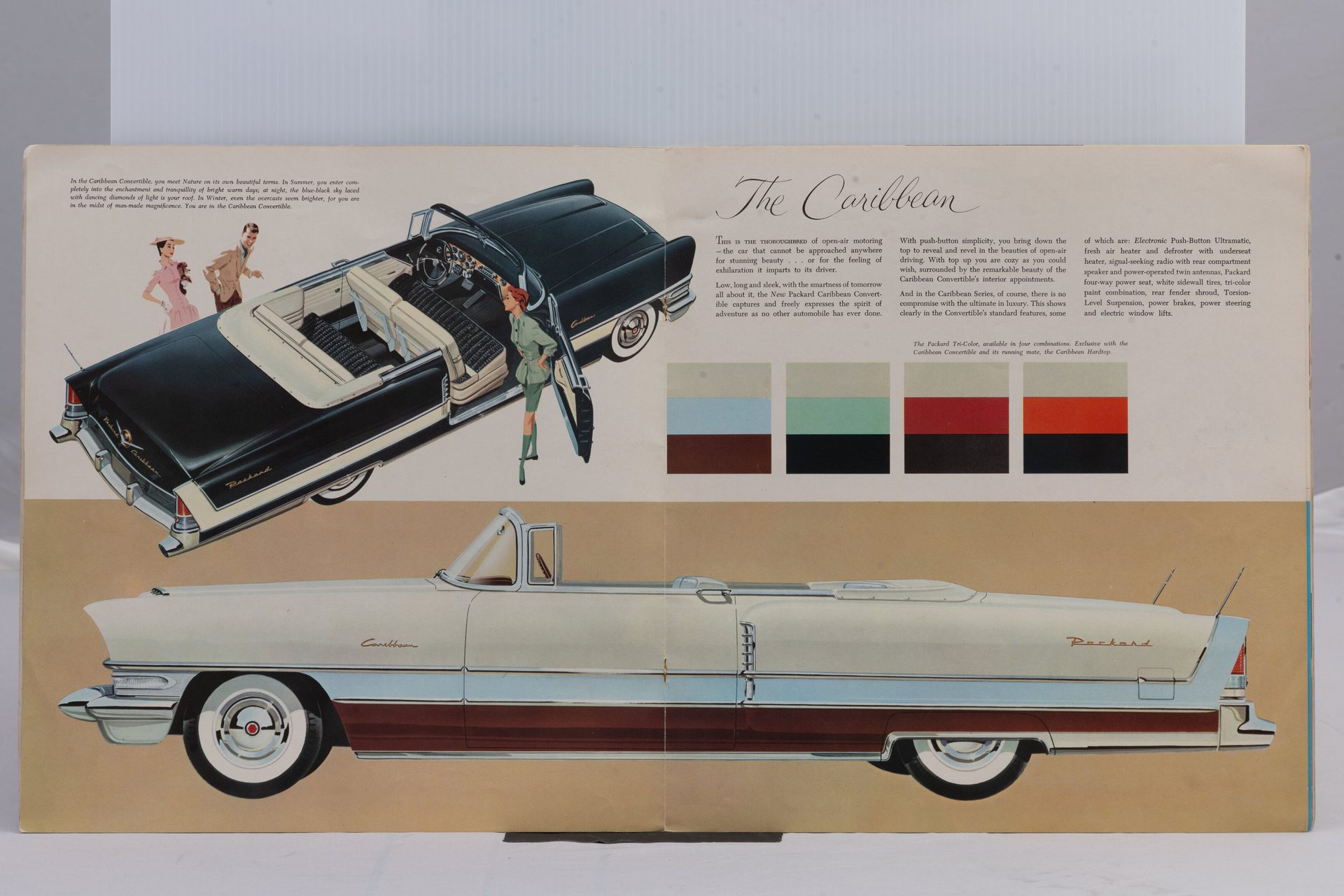
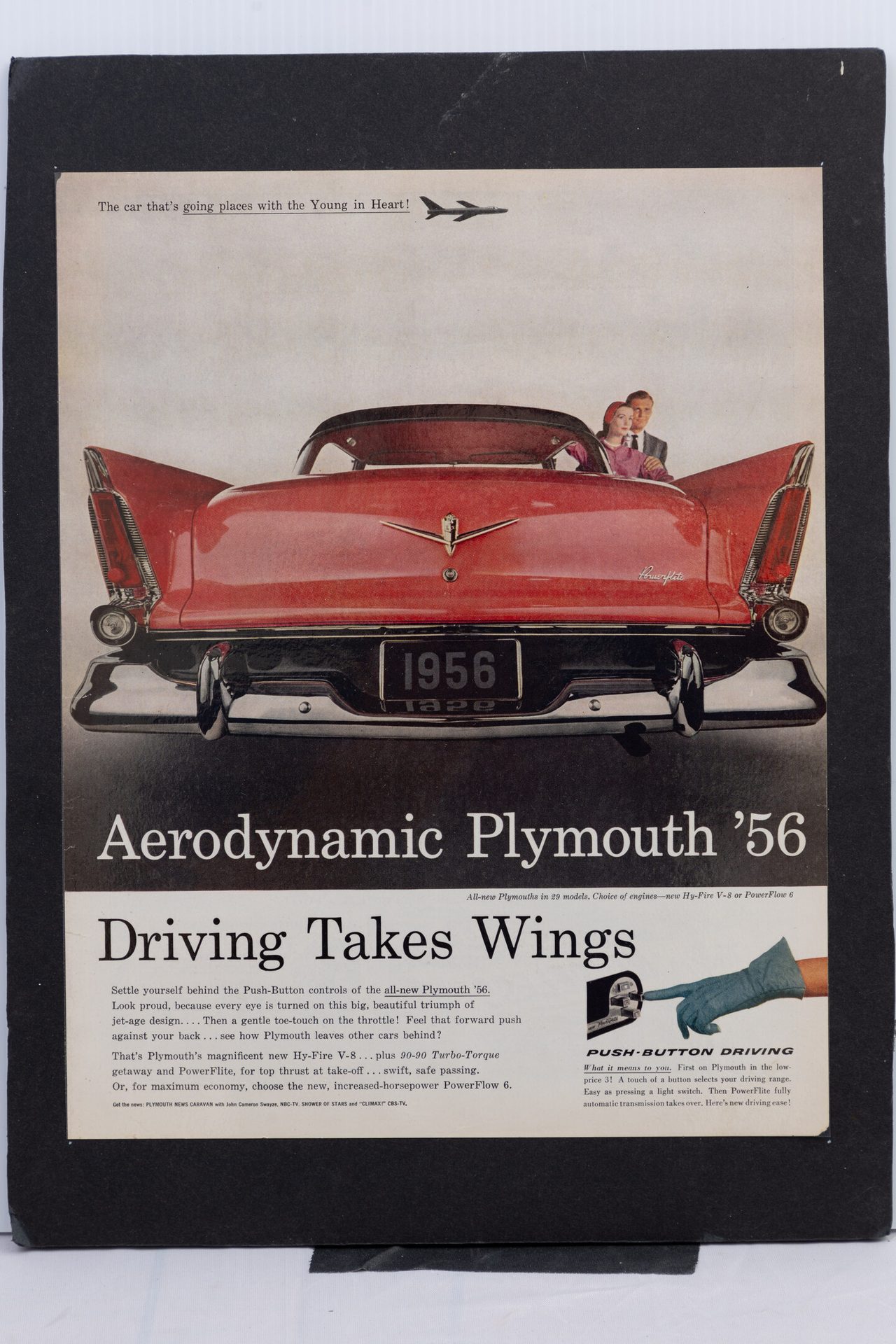
Bob's impactful work at the NAHC did not escape notice. In 2013, MotorCities National Heritage Area recognized his expertise and invited him to join as an Automotive Historian and writer, contributing to their "Story of the Week." Bob's narratives gained widespread attention, particularly for bringing to light the untold stories of Women and African Americans in the automotive industry, featuring notable figures like McKinley Thompson Jr., the first Black Industrial Designer at Ford Motor Company. Since Bob's involvement, MotorCities' Story of the Week became the most clicked content across their entire website. Even after his retirement from the National Automotive History Collection in 2019, Bob persisted in his advocacy, continuing to share stories for MotorCities.
Robert Tate's MotorCities National Heritage Area story featured in Torque Magazine
In 2021, The Automotive Hall of Fame recognized Bob's expertise and approached him to be the Historian-in-Residence for the upcoming Black Leadership in Automobility Initiative. Bob played a pivotal role in shaping the Achievement Exhibition, which highlighted the contributions of 19 African Americans in the Automotive Industry. His dedication to advocacy continued to make a lasting impact on the automotive historical narrative.
If this experience has resonated with you, we invite you to join us in our mission to continue telling remarkable tales that inspire and educate. Your support—whether through sharing your own automotive stories, contributing insights, or offering assistance—fuels our ability to bring more fascinating narratives to life.
Together, with the support of passionate individuals and organizations like yours, we can preserve, celebrate, and share the diverse stories that shape the automotive world. Help us unveil more chapters waiting to be discovered and celebrated by contributing your unique perspectives and support.


